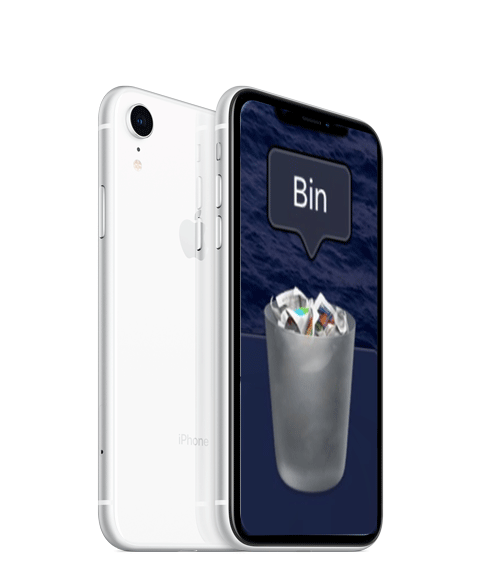This feature, target mode, saved my life.
What is it?
Target mode is a working mode of the Mac that turns it into an external disc drive.
I recently bought a new Mac Studio, as my good old iMac 27″ mid-2011 was dead, or at least, wouldn’t boot. It keeps looping between the start Bong and a grey empty screen.
I have a good backup (Time Machine) as well as iCloud copy of my files. I feel comfy about this migration to the brand new Mac. However, what I thought was a good Time Machine backup revealed unrecognized on the new Mac. Migration Assistant wouldn’t find the data on the disk. Or did I not wait long enough, since it is a 4TB USB 3 drive with lots of data on it, and may OSX has to kind of make its mind.
So I installed the new Mac without a restore from Time Machine, just the iCloud connection. That’s already good, since my Desktop and Documents were rapidly sync’ed from the cloud. Excellent.
But some of my important files, such as secondary Photos libraries were thus missing.
Here comes Target Mode
By pressing the T key at boot, the (old) Mac would enter the Target Mode and share the internal drive(s) over the Thunderbolt or Firewire ports. Great!
Problem, on the iMac 2011, Thunderbolt is a Thunderbolt 2 connector and my new Mac Studio has Thunderbolt 4 ports (on USB-C connector). Fortunately enough, my wife uses also an iMac 2011 with the proper Thunderbolt 2 connector and I managed to access the files on my old iMac on my wife’s iMac. The old iMac “Macintosh HD” disk just mounts on the other iMac as an external drive and I can read all the files on it.
However when I tried to share the said drive over the network in order to access it from the new Mac Studio, no luck. The shared drive looks empty. Maybe again I did not wait long enough for the authorization of sharing be applied.
So I copied the files I needed from the old iMac to my wife’s iMac local drive (130 GB of files) and then copied them again over the network to the Studio. Thank you Target Mode!
Postscriptum
I eventually bought from Apple an adapter Thunderbolt 3 (USB-C) to Thunderbolt 2 and it worked just fine: my old iMac’s drives mount on the Mac Studio, pico bello.

 Recently, my brother called me for a rather usual issue: his daughter’s iPhone’s storage is full. It’s a 16GB device, and yes, this is quite low for today’s youngsters, active with loads of photos, videos and social networks.
Recently, my brother called me for a rather usual issue: his daughter’s iPhone’s storage is full. It’s a 16GB device, and yes, this is quite low for today’s youngsters, active with loads of photos, videos and social networks.
